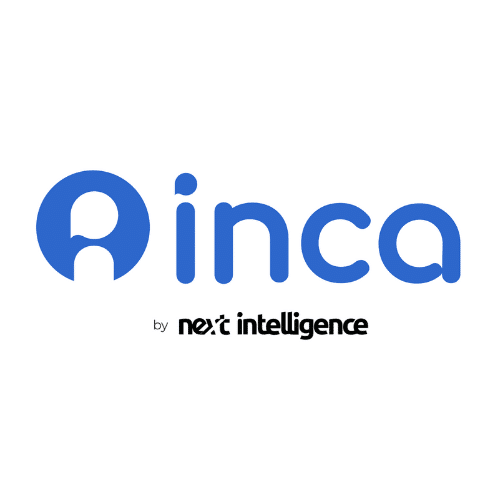
The Evolution of Online Research: How Conversational AI is Bridging Qual and Quant
By inca
- article
- Qual-Quant Hybrid
- Online Qualitative
- Conversational Surveys
- Conversational AI
- AI
This article is a brief summary of inca’s Demo Days session in February 2025.
Watch the full webinar replay here:
inca Demo: Reimagining Surveys for Deeper Insights and Better Participant Experience
Market researchers often face a trade-off between the depth of qualitative insights and the scale of quantitative data. Advances in conversational AI are helping bridge this gap, offering new possibilities for researchers to collect both large-scale and in-depth insights at the same time.
Stay up to date
Subscribe to receive the Research Tools Radar and essential email updates from Insight Platforms.
Your email subscriptions are subject to the Insight Platforms Site Terms and Privacy Policy.
The inca platform exemplifies this emerging approach by combining traditional survey capabilities with AI-powered conversational elements. At its core, the system uses artificial intelligence to generate contextual follow-up questions to open-ended responses, much like a human moderator would in a qualitative setting. This AI has been specifically trained for market research applications through extensive annotation of research data.
About the Platform
The platform maintains the fundamental structure of quantitative research – offering standard question types, scales, and grids – while layering in interactive elements that encourage deeper participant engagement. These include voice and video response options, image uploads, and projective techniques borrowed from qualitative research methodologies.
What distinguishes this approach from generic LLMs is its specific training for research applications and the ability for researchers to brief the AI with context and objectives, similar to how they would brief a human moderator. The system operates in 90 languages, with varying levels of capability, and includes safeguards against potential bias through the use of multiple AI classifiers to select appropriate probing questions.
On the analysis side, researchers can access live dashboards, AI-powered coding of open-ended responses, and traditional quantitative tools like cross-tabulation. The platform allows for data export to common formats and includes weighting and filtering capabilities expected in quantitative research.
Participants often find conversational surveys more engaging, even though they take longer to complete than traditional ones–many report that the experience feels shorter than it actually is. This suggests that the interactive nature of the experience may contribute to better-quality responses.
What’s in Store for inca?
Future developments include extended voice and video capabilities, such as AI avatars for interviews. However, the emphasis remains on maintaining research rigour through structured approaches and researcher control rather than simply automating the process.
This approach introduces a new way to combine qualitative and quantitative elements in online research. Rather than choosing between qualitative depth and quantitative scale, researchers can now design studies that incorporate elements of both, leading to richer insights while maintaining the efficiency of digital data collection.
For the research industry, this shift prompts a reassessment of how data is collected and analysed in market research. As these technologies mature, researchers may need to reconsider the divide between qualitative and quantitative methodologies and focus on creatively integrating these approaches to achieve research goals more effectively.
Watch the webinar to learn more about the inca platform.



